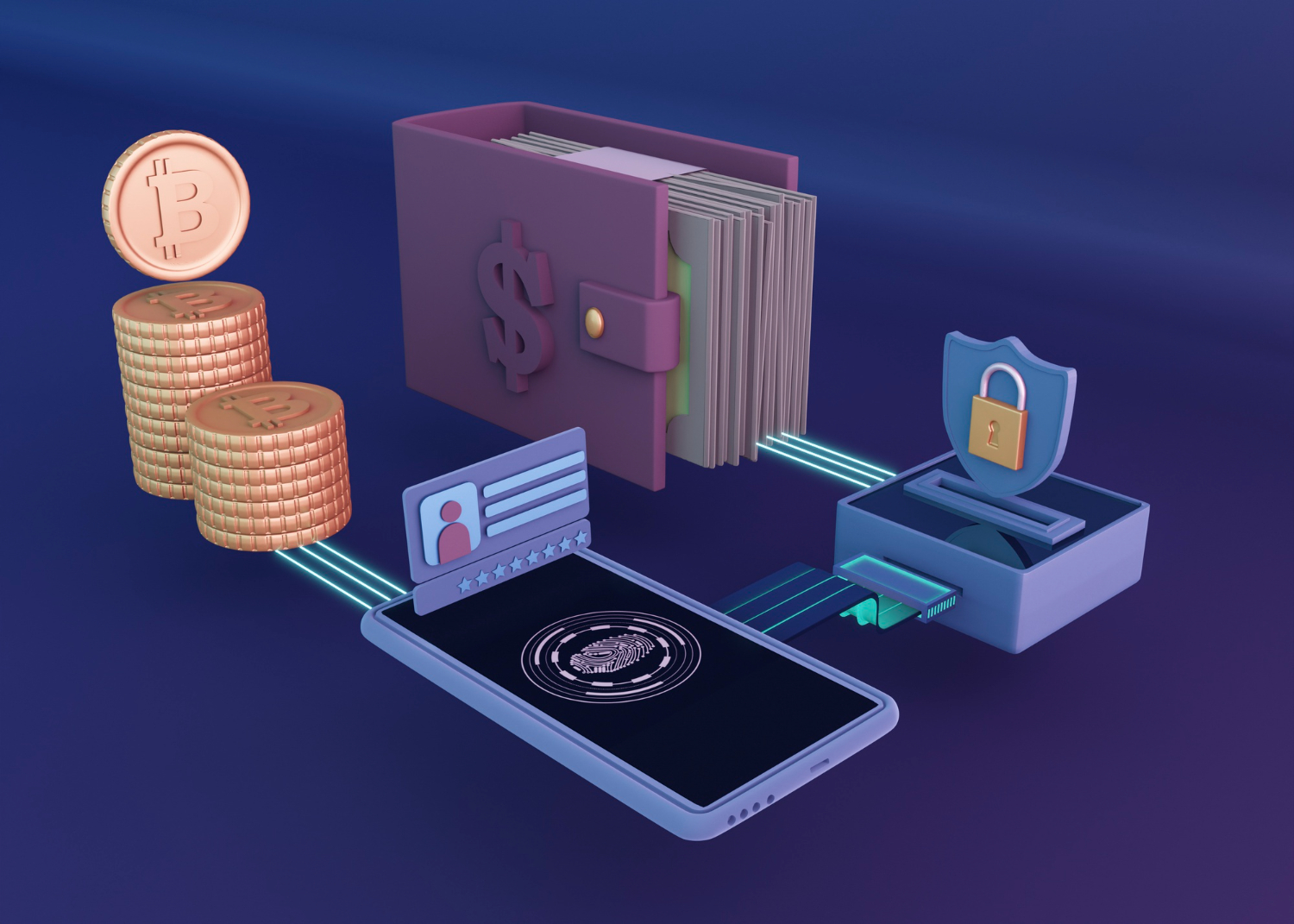7 Game-Changing Crypto Wallet Security Tips for 2024-25
The global cryptocurrency market has surged to over $3.2 trillion in 2024, driven by increased institutional adoption and technological advancements. However, its inherent volatility and the rising threat of cyberattacks demand vigilance from investors to protect their digital assets. Securing your crypto wallet is essential to maximize returns while minimizing risks. Here are the top ways to safeguard your crypto wallet:
1. Use Cold Storage (Hardware Wallets)
A cold storage wallet is the safest option for storing large amounts of cryptocurrency. By keeping your assets offline, you protect them from hackers and cyber threats.
- Hardware Wallets: Devices like Trezor or Ledger store your private keys offline.
- Air-Gapped Computers: For advanced users, set up a computer disconnected from the internet to generate and secure your wallet.
2. Stay Vigilant Against Phishing Scams
Phishing scams are among the most common threats in the crypto space. Cybercriminals create fake websites or applications that resemble legitimate services to steal your credentials.
- Verify URLs: Always double-check website addresses before entering sensitive information.
- Secure Software Downloads: Download cryptocurrency-related software directly from official sources.
- Avoid Public Wi-Fi: Use a private and secure internet connection when accessing your wallet.
3. Opt for Regulated Crypto Exchanges
Choosing a compliant and regulated cryptocurrency exchange is vital for secure trading and asset management.
- Insurance Coverage: Regulated platforms often provide insurance against theft or hacking.
- Compliance Framework: These exchanges follow strict security measures, reducing the risk of fraud.
4. Secure Your Seed Phrase Offline
Your wallet’s seed phrase is the master key to your cryptocurrency. Losing it means losing access to your funds forever.
- Write It Down: Record your seed phrase on paper and store it in a secure location.
- Avoid Digital Copies: Never save your seed phrase on a digital device, as it can be hacked.
5. Limit Wallet Connections to DApps
Decentralized applications (DApps) can sometimes be fronts for scams. Be cautious when linking your wallet to unfamiliar platforms.
- Research Wallet Addresses: Use tools like BitcoinWhosWho.com or OXT.me to verify the legitimacy of wallet addresses before transactions.
- Avoid Suspicious Offers: If something seems too good to be true, it likely is.
6. Keep Software and Hardware Updated
Outdated software can expose your wallet to vulnerabilities.
- Regular Updates: Frequently update your wallet firmware and software to patch security gaps.
- Stay Informed: Monitor updates from your wallet provider to ensure you're using the latest version.
7. Use Multisignature Wallets for Large Holdings
A multi-signature (multisig) wallet provides an extra layer of security for substantial crypto holdings.
- Approval System: Requires multiple signatures from designated parties for transactions, reducing the risk of unauthorized access.
- Diversified Storage: Spread your assets across multiple wallets to mitigate risks.
Conclusion
Securing your cryptocurrency wallet is not just a one-time task but an ongoing responsibility. By following these best practices, you can significantly reduce the risks of cyberattacks and theft. Remember, the safety of your digital assets depends on your proactive measures and continuous vigilance.
Stay informed, stay secure, and unlock the full potential of cryptocurrency investing with confidence!
#PrismBlocks #Web3Security #CryptoWallet #CryptoSecurity #securitybreach #Metamask #CoinbaseWallet #CyberSecurity #BlockchainSecurity




